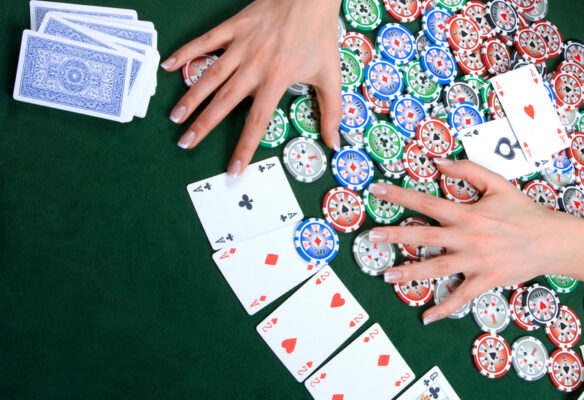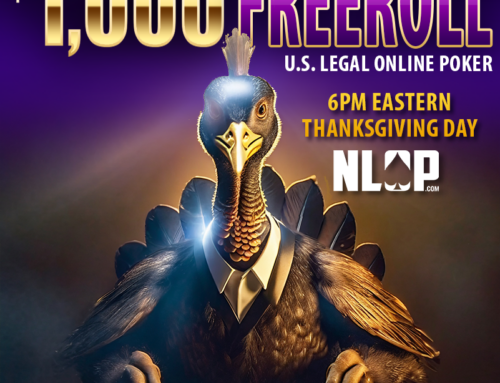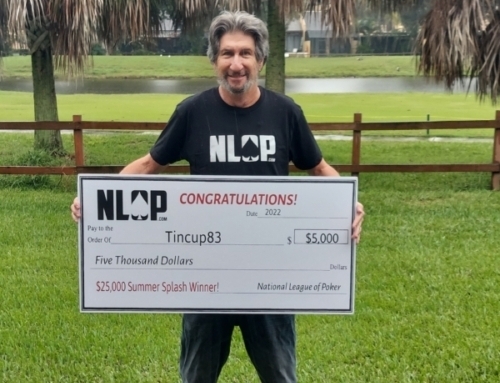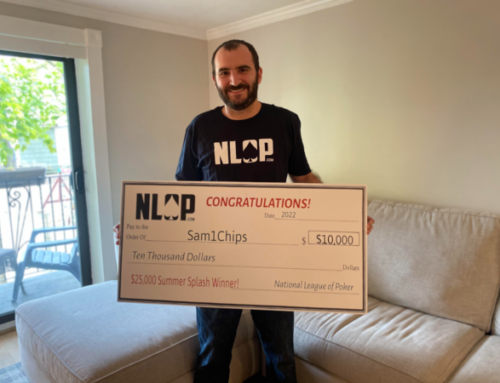When you face bets in the flop, turn and river, then you’re facing a triple barrel. The pots are large, which makes any strategic error even more debilitating. The pots are generally the largest on the river, so your decisions there need to be spotless.
If you’re playing people who have skill and show balance in their rangers, then you will have to call down even when your hand isn’t all that great, so that your opponents do not bluff you mercilessly, and making those calls can be intimidating. So how do you choose which hands to call – and which hands to leave alone?
There are four factors for you to keep in mind: the size of the bet, relative strength of hand, blockers and your opponent’s behavior.
When it comes to bet size, the decision is fairly simple. Your calling range should get narrower, the larger the bet; when the bet is smaller, then your range can widen.
How strong is your hand in relation to your total range? You can figure out how much of your range to push forward with, either through a raise or call, by figuring out your minimum defense frequency, or MDF. Take the size of the pot, and divide it by the sum of the size of the bet and the pot. The answer tells you what percent of your range you should continue with against a bet to avoid being taken advantage of. Multiply your answer by 100 to yield a percentage.
A “blocker” is a card that cuts down on the number of hand combos available to another player. If you’re facing bets, call down with a hand that will block the likeliest value hands from your opponents.
Let’s say that, at the flop, you see the 4 of diamonds and the 7 and 8 of spades. Here, you check, and your opponent bets 4BB, with 5.5BB already in. You call, so now there is 13.5BB at the turn. You see the Ace of diamonds. Your opponents puts down 10BB, and you call. On the river, you see the King of clubs. Your opponent bets 24BB. If you have a pair of sixes as opposed to a pair of tens, then your call profitability is higher, because your hand keeps your opponent from reaching the likeliest value combo, which would be the straight.
Also pay attention to the way your opponent plays. Is your opponent aggressive, playing on a wide hand range? Then you would call down lighter against this opponent than you would against a tight player that does not bluff much at all.
To review, there are some important keys to remember when you face the triple barrel. How large is the bet size? Tighten up that range as the bet goes up in size. If your hand is close to the bottom of your range, think about using it to bluff, or just think about folding. If your hand has possible blockers, it’s time to call. When your opponent is loose, your own range for calling down grows significantly.
Try it out for yourself risk free with National League of Poker!







